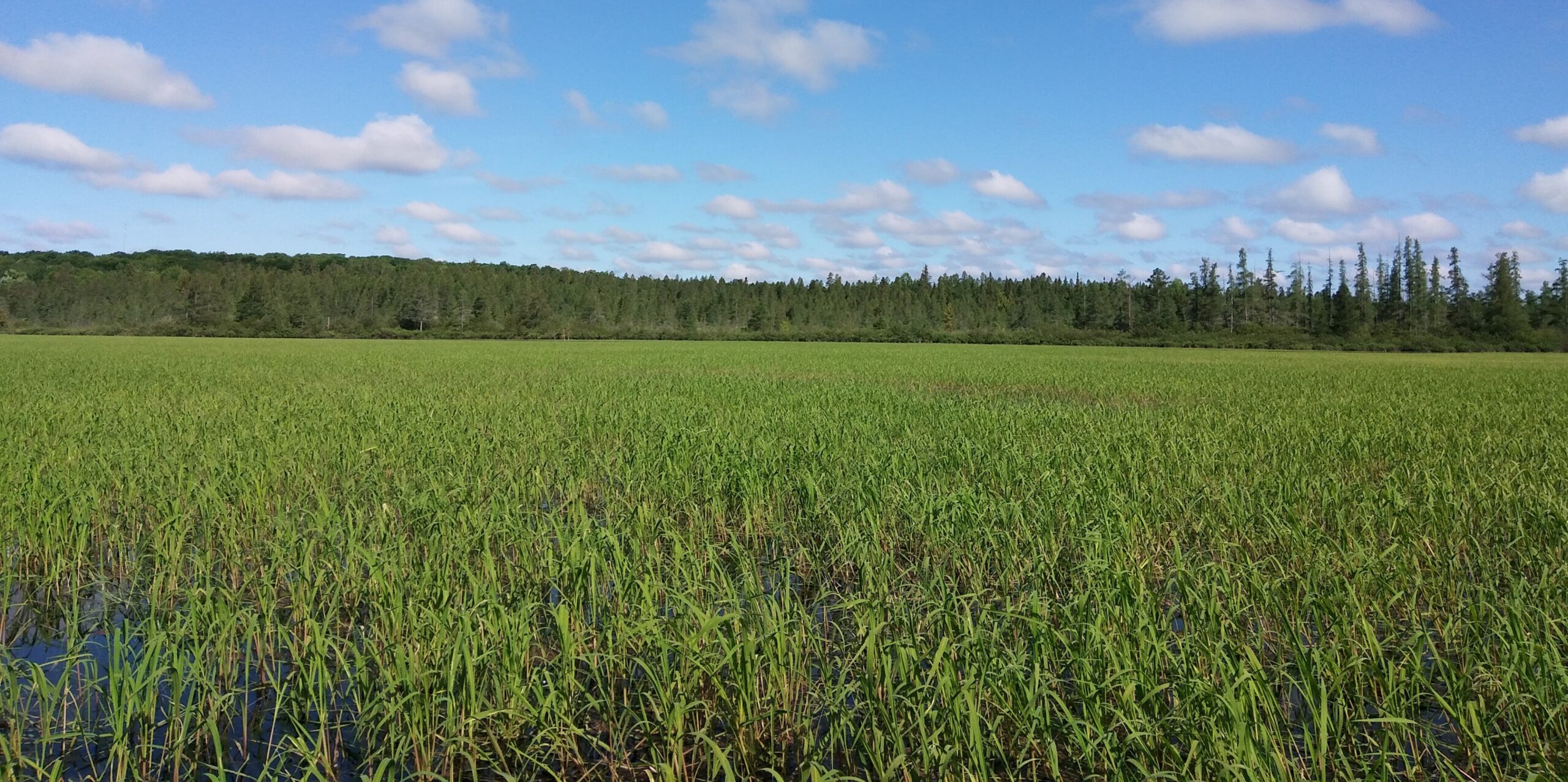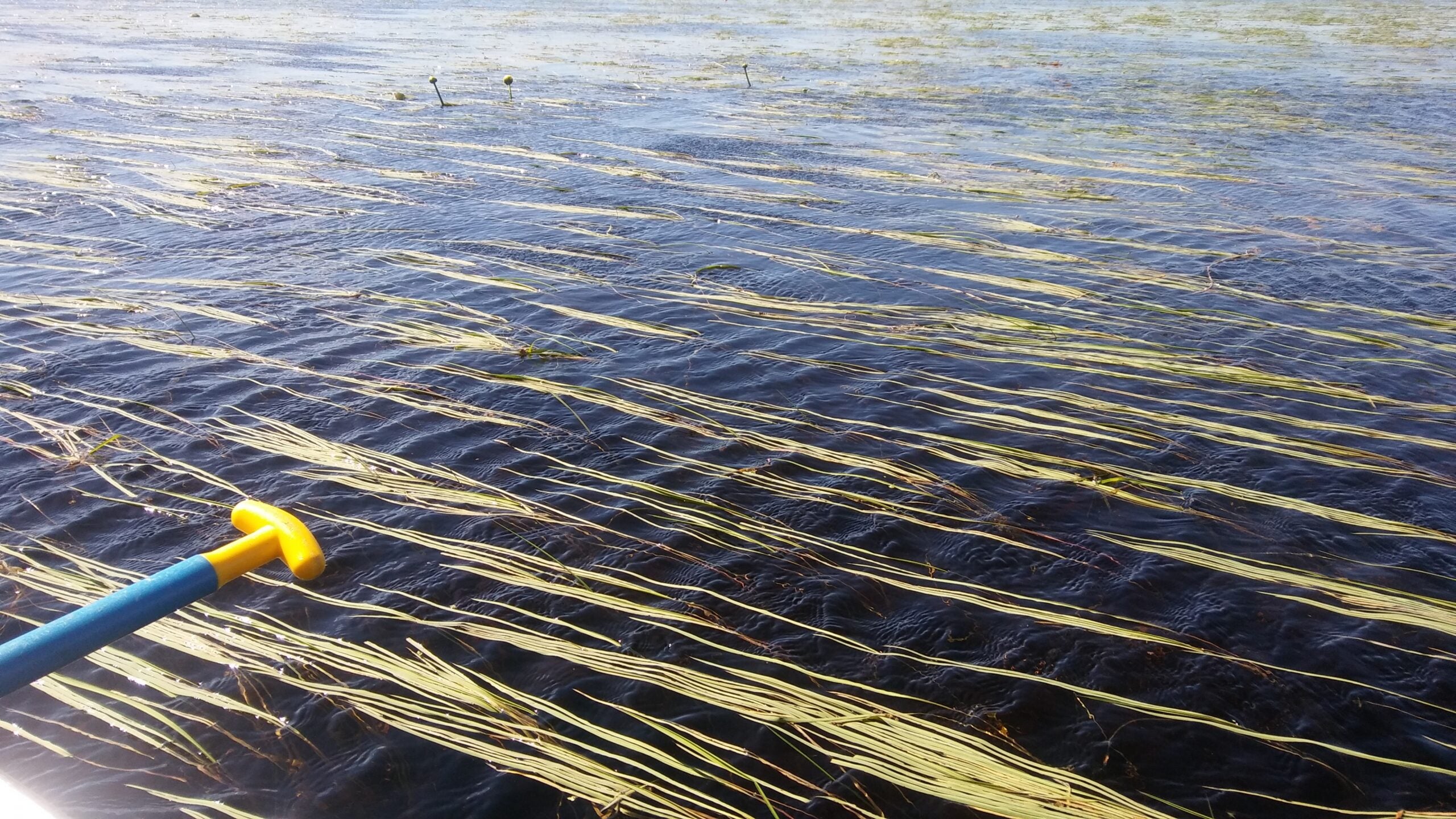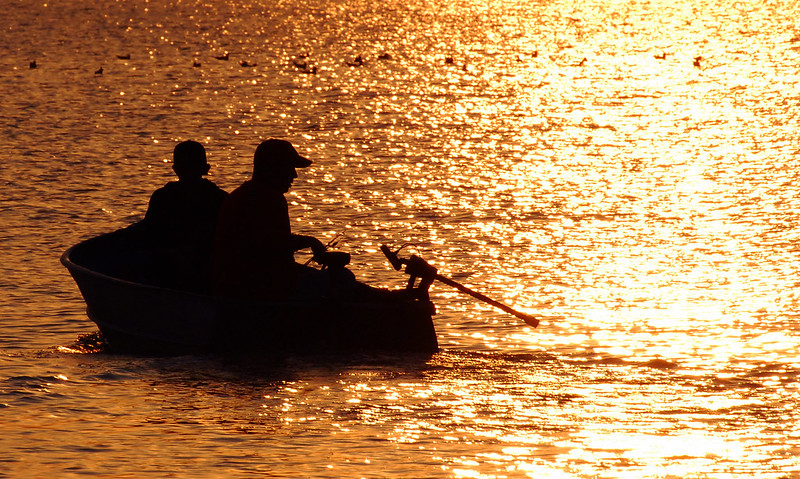Manoomin, or wild rice, has been a spiritual, cultural and culinary staple for Wisconsin tribes for thousands of years. But experts estimate it’s lost nearly half of its historic range and say climate change is likely the greatest threat it’s ever faced. Those who work with manoomin know how sensitive the native, annual plant is, and warn it’s an indicator species of climate change. In this series, WPR is exploring how the state can adapt to and mitigate the affect climate change is having on some of Wisconsin’s most iconic foods.
If you pay attention, wild rice makes a distinct sound when it blows in the wind, said Peter McGeshick III, wild rice chief of the Sokaogon Chippewa Community.
McGeshick, 55, has been harvesting manoomin, or wild rice, almost his entire life — he still gets impatient for harvesting season every late summer, he said.
News with a little more humanity
WPR’s “Wisconsin Today” newsletter keeps you connected to the state you love without feeling overwhelmed. No paywall. No agenda. No corporate filter.
Out on the water during ricing season, McGeshick stands in his canoe, reaches into his tobacco pouch and thanks the Creator. When ricing, you’re watching an entire ecosystem at work, he said.
“I’m looking at our lake and it’s beautiful, it’s green, you can see them (manoomin) — usually the wind is blowing a little bit at this time and you can hear it,” McGeshick recalled. “The moment you hit the rice you feel safe because that steadies your boat.”
Manoomin has been a spiritual, cultural and culinary staple for Native Americans for thousands of years. Ojibwe prophecy led the people to migrate from the eastern part of the continent to the Great Lakes region, where the food grew on water.
That food turned out to be manoomin, a grain that was an incredible nutritional source in the region and became critically important to the native diet for generations.
As manoomin’s role as a food source has evolved over time, so has the role of tribal rice chief, McGeshick said.
Today, McGeshick is tasked with restoring manoomin on historic lakes and protecting its cultural significance.
While exact numbers are unknown, researchers estimate close to half of the manoomin that was once in Wisconsin has been lost. The waterways it’s found a home on for thousands of years have been turned upside down by habitat loss, water quality and human activity.
Climate change is yet another challenge to manoomin’s future. Tribal members and researchers are fighting to preserve the plant through restoration and educational efforts, but say the sacred plant faces an uphill battle to survive in a changing environment.
To McGeshick, restoring manoomin is about more than just the one plant — it’s restoring an entire ecosystem that people, animals and plants rely on.
“We all gotta live here,” he said. “The benefit of all of it … we get wild rice to eat. To me, what more could you ask for?”

Manoomin harvesters on Rice Lake. Photo courtesy of Sokaogon Chippewa Community
Wisconsin Public Radio, © Copyright 2025, Board of Regents of the University of Wisconsin System and Wisconsin Educational Communications Board.




